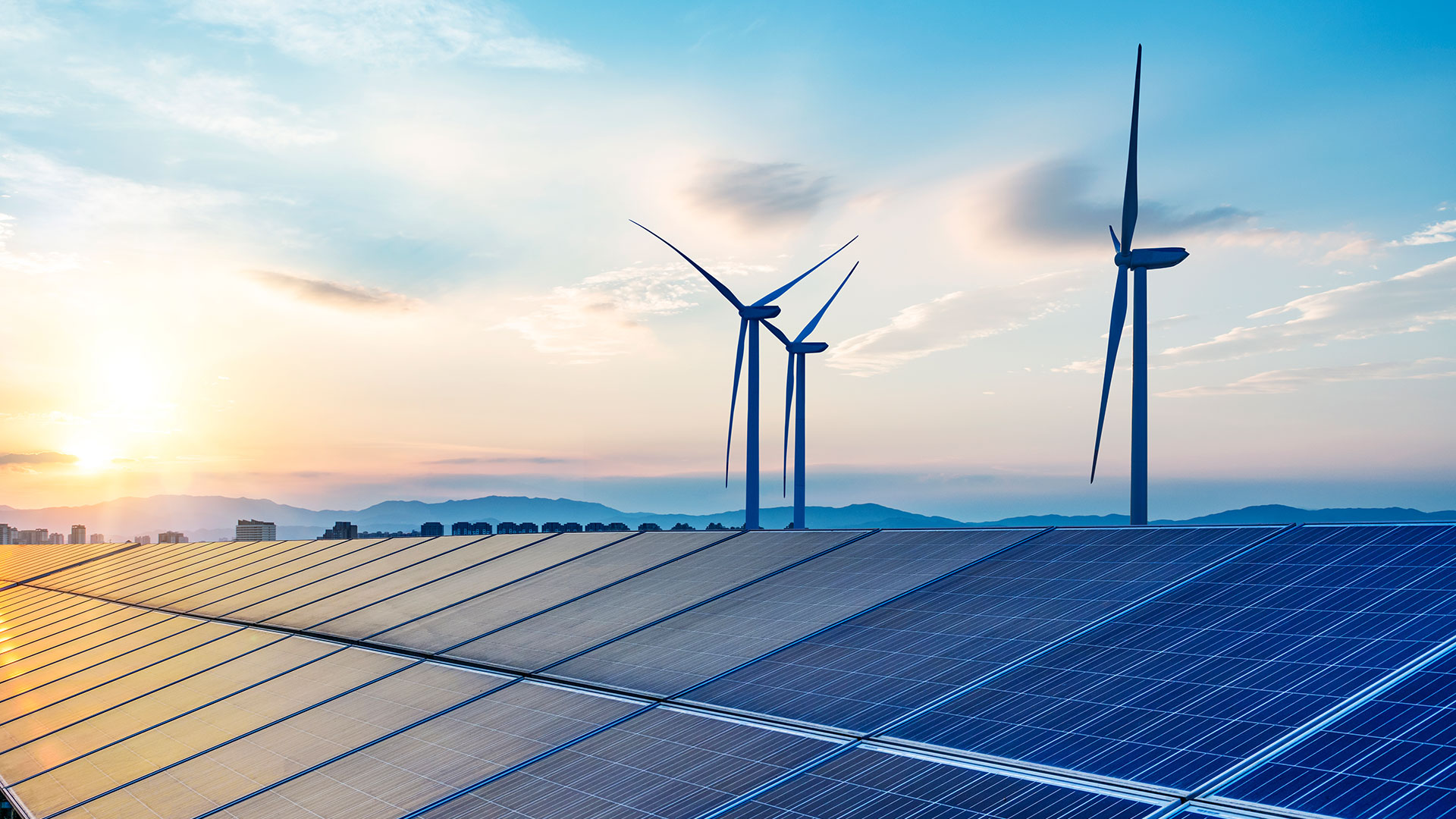The German Energiewende
The German Energiewende is the country’s long-term energy and climate strategy to transition from an energy system dominated by fossil and nuclear sources to one dominated by renewable energy sources.

- What is the German Energiewende?
- How is Germany transforming its energy system?
- What are the targets?
- What is the role of renewable energy?
- What are the costs of renewables?
- How much investment is needed?
- How to ensure a secure energy transition?
- How can power systems operate without baseload?
- Is Germany a net importer or net exporter of electricity?
- How to increase flexibility?
- What are Germany’s nuclear, coal and fossil gas phase-out strategies?
- How does carbon pricing affect the German and European energy transition?
- Do citizens support the Energiewende?
- Has the Energiewende been successful so far?
What is the German Energiewende?
The ultimate objective of the German Energiewende is to achieve a sustainable, reliable and climate-neutral energy system by 2045.
The Energiewende began with a focus on transforming the power sector, which was responsible for about a third of all greenhouse gas emissions in Germany. The greatest progress to date has been in this sector. Today, the term refers to a whole-economy transition that also includes the buildings, transport, industry and agriculture sectors.
(see: What are the origins of the Energiewende?)
From an economic perspective, the Energiewende aims to enhance Germany’s energy security by reducing reliance on imported fossil fuels through the development of domestic renewable energy sources and related infrastructure. This shift will increase Germany’s long-term economic security and reduce its vulnerability to external shocks. In addition, with renewables now cheaper than conventional fossil and nuclear sources, the Energiewende aims to keep energy prices lower for citizens and businesses, bolstering the country’s economic competitiveness.
The Energiewende’s climate targets are outlined in the “Climate Change Act” with interim emission reduction targets of 65% by 2030 and at least 88% by 2040 (compared with 1990 levels). Germany aims to achieve net-zero emissions by 2045 and reach negative emissions by 2050 – that is, by relying also on natural carbon sinks such as trees and soil to ensure it removes more emissions from the atmosphere than it emits.
How is Germany transforming its energy system?
What are the targets of the German Energiewende?
What is the role of renewable energy in Germany?
What are the costs of renewables in Germany?
How much investment is needed to reach climate neutrality in Germany?
How can Germany ensure a secure energy transition?
How can power systems operate without baseload from thermal power plants?
Germany is transforming its energy system, moving away from the provision of baseload power to a more decentralised and flexible system based on variable renewables. In the last few years, improved forecasting, highly responsive control systems, grid reinforcement and expansion, demand-side response and battery storage have enabled greater integration of variable renewables.
Is Germany a net importer or net exporter of electricity?
In 2023, Germany became a net electricity importer for the first time in two decades, a trend that persisted into 2024. Electricity imports and exports in Germany are primarily based on renewable energy sources. While there were concerns that phasing out coal and nuclear power would lead to a rise in imports, Germany has offset this by expanding renewable energy and improving energy efficiency.
How is Germany increasing flexibility in the power system?
What are Germany’s nuclear, coal and fossil gas phase-out strategies?
Over the last few decades, Germany’s energy supply has shifted from predominantly fossil fuels and nuclear power to a more diversified system based on renewables. Germany switched off its last nuclear reactor in 2023. It also targets a phase-out of coal by 2038 and aims to replace fossil gas with cleaner alternatives by 2045.
How does carbon pricing affect the German and European energy transition?
Under the European Emissions Trading System (EU ETS), Germany’s energy-intensive industry and power sector installations pay for their greenhouse gas emissions. In 2021, Germany began putting a price on emissions also in the transport and buildings sectors, which lie outside the scope of the EU ETS.
Do German citizens support the Energiewende?
The German Energiewende is deeply rooted in German history and society. It emerged from public opposition to nuclear power in the 1970s and intensified in the 2000s due to growing concerns about climate change. Opinion polls have shown that most German citizens generally support the transition and are willing to implement measures and technologies to reduce greenhouse gas emissions.
Has the German Energiewende been successful so far?
The goal of reaching climate neutrality by 2045 is ambitious, but achievable. It requires decisive policy action and a comprehensive mix of instruments and measures, with no “one size fits all” solution. A successful energy transition will not only help to limit climate change and avoid its worst impacts but also to ensure long-term energy security and competitiveness.

